Physicists have used a seven-qubit quantum computer to simulate the scrambling of information inside a black hole, heralding a future in which entangled quantum bits might be used to probe the mysterious interiors of these bizarre objects.
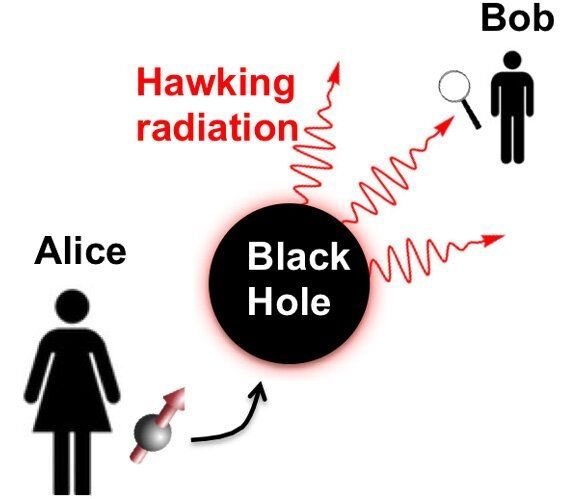

A trio of researchers at Columbia University has found more evidence showing that sound waves carry mass. In their paper published in the journal Physical Review Letters, Angelo Esposito, Rafael Krichevsky and Alberto Nicolis describe using effective field theory techniques to confirm the results found by a team last year attempting to measure mass carried by sound waves.
For many years physicists have felt confident that sound waves carry energy—but there was no evidence to suggest they also carry mass. There seemed to be no reason to believe that they would generate a gravitational field. But that changed last year when Nicolis and another physicist Riccardo Penco found evidence that suggested conventional thinking was wrong. They had used quantum field theory to show that sound waves moving through superfluid helium carried a small amount of mass with them. More specifically, they found that phonons interacted with a gravitational field in a way that forced them to carry mass along as they moved through the material. In this new effort, the researchers report evidence that suggests the same results hold true for most materials.
Using effective field theory, they showed that a single-watt sound wave that moved for one second in water would carry with it a mass of approximately 0.1 milligrams. They further note that the mass was found to be a fraction of the total mass of a system that moved with the wave, as it was displaced from one site to another.
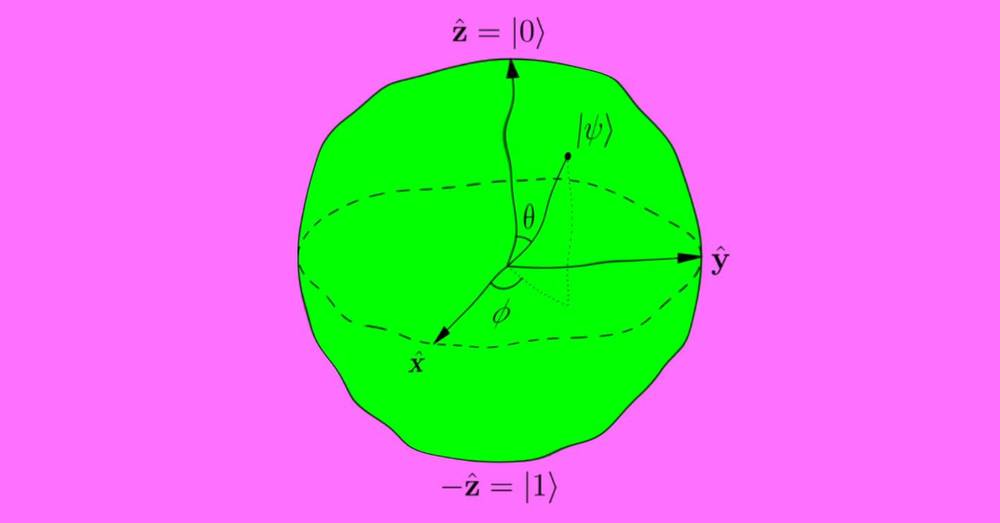
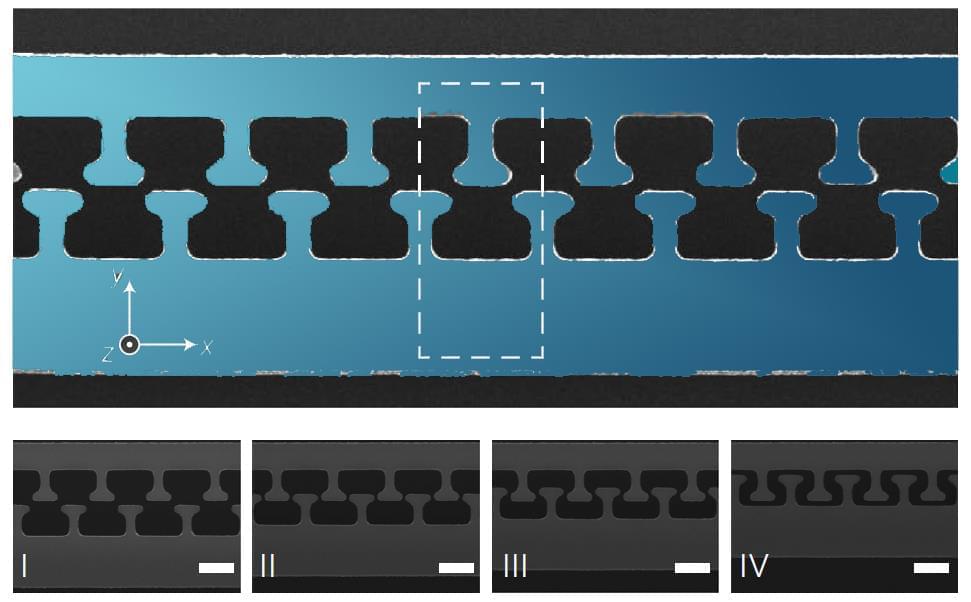
Circa 2017
Getting something from nothing sounds like a good deal, so for years scientists have been trying to exploit the tiny amount of energy that arises when objects are brought very close together. It’s a source of energy so obscure it was once derided as a fanciful source of “perpetual motion.” Now, a research team including Princeton scientists has found a way to harness a mysterious force of repulsion, which is one aspect of that force.
This energy, predicted seven decades ago by the Dutch scientist Hendrik Casimir, arises from quantum effects and can be seen experimentally by placing two opposing plates very close to each other in a vacuum. At close range, the plates repel each other, which could be useful to certain technologies. Until recently, however, harnessing this “Casimir force” to do anything useful seemed impossible.
A new silicon chip built by researchers at Hong Kong University of Science and Technology and Princeton University is a step toward harnessing the Casimir force. Using a clever assembly of micron-sized shapes etched into the plates, the researchers demonstrated that the plates repel as they are brought close together. Constructing this device entirely out of a single silicon chip could open the way to using the Casimir force for practical applications such as keeping tiny machine parts from sticking to each other. The work was published in the February issue of the journal Nature Photonics.
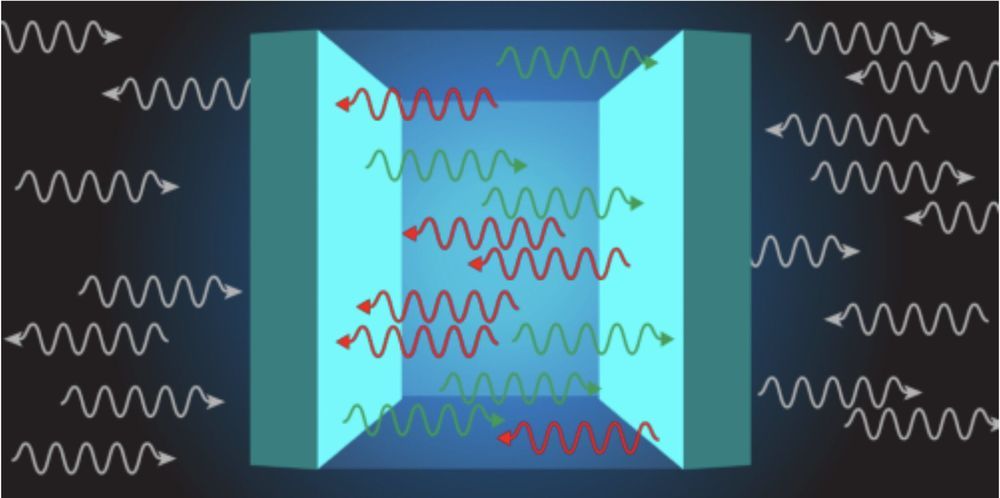
The force is strong not only in Star Wars lore but also as a fundamental property in physics. For example, scientists can put two uncharged metal plates close together in a vacuum, and “voila!” —-they will attract each other like Luke Skywalker and his trusted lightsaber.
In 1948, Dutch theoretical physicist Hendrick Casimir first predicted an attractive force responsible for this effect—later dubbed the Casimir effect. A half-century later, in 1996, the Casimir force was experimentally measured for the first time by Steve Lamoreaux at Los Alamos National Laboratory.
But just like the light and dark side of the force in Star Wars, scientists have wondered, can there be an equal yet opposite kind of Casimir force?
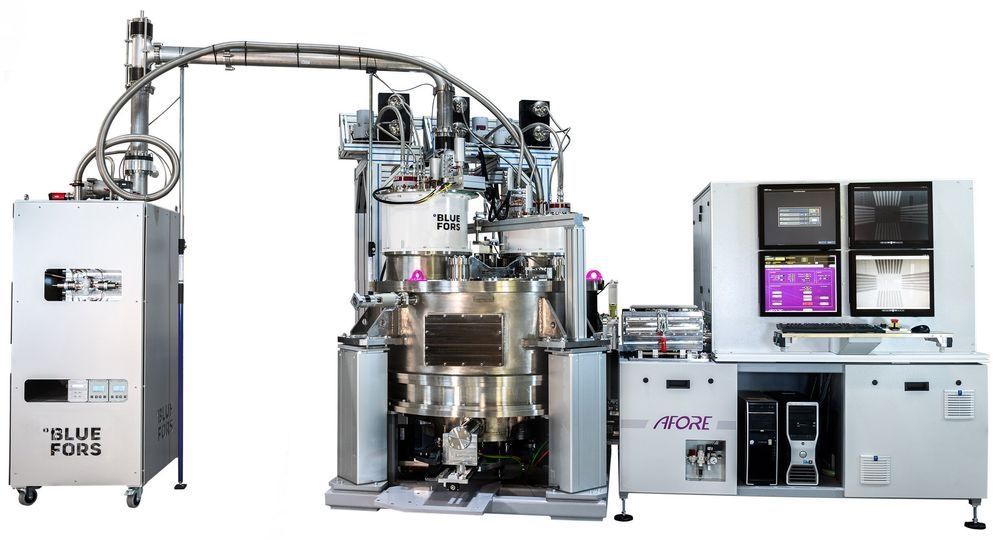
A way to speed up quantum computer tech progress has arrived from Intel. If you are interested in following the waves and advances in quantum computing, then get familiar with this word trio: Cryogenic Wafer Prober. Before their design, the electrical characterization of qubits was slower than with traditional transistors. Even small subsets of data might take days to collect.
Drug development. Chemistry. Climate change. Financial modeling. Scientists in all areas look forward to more advancements to push quantum computers to the frontlines. Speeding progress could also mean speeding up advancements in science and industry.
“Quantum computing, in essence, is the ultimate in parallel computing, with the potential to tackle problems conventional computers can’t handle,” said Intel.

The human eye is an exquisite photodetection system with the ability to detect single photons. The process of vision is initiated by single-photon absorption in the molecule retinal, triggering a cascade of complex chemical processes that eventually lead to the generation of an electrical impulse. Here, we analyze the single-photon detection prospects for an architecture inspired by the human eye: field-effect transistors employing carbon nanotubes functionalized with chromophores. We employ non-equilibrium quantum transport simulations of realistic devices to reveal device response upon absorption of a single photon. We establish the parameters that determine the strength of the response such as the magnitude and orientation of molecular dipole(s), as well as the arrangements of chromophores on carbon nanotubes. Moreover, we show that functionalization of a single nanotube with multiple chromophores allows for number resolution, whereby the number of photons in an incoming light packet can be determined. Finally, we assess the performance prospects by calculating the dark count rate, and we identify the most promising architectures and regimes of operation.
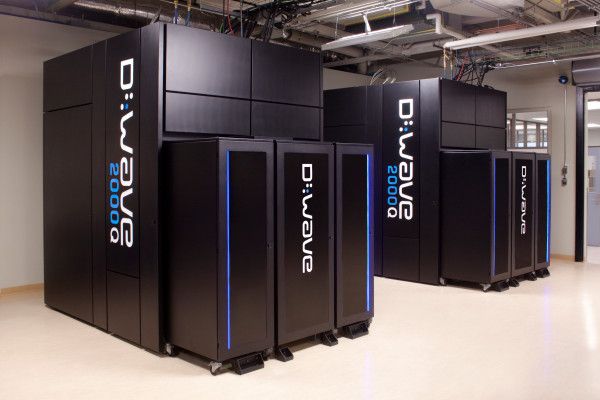
D-Wave, the well-funded quantum computing company, today announced its next-gen quantum computing platform with 5,000 qubits, up from 2,000 in the company’s current system. The new platform will come to market in mid-2020.
The company’s new so-called Pegasus topology connects every qubit to 15 other qubits, up from six in its current topology. With this, developers can use the machine to solve larger problems with fewer physical qubits — or larger problems in general.
It’s worth noting that D-Wave’s qubits are different from those of the company’s competitors like Rigetti, IBM and Google, with shorter coherence times and a system that mostly focuses on solving optimization problems. To do that, D-Wave produces lots of qubits, but in a relatively high-noise environment. That means you can’t compare D-Wave’s qubit count to that of its competitors (with D-Wave claiming the superiority of its machine for certain problems), which are building universal quantum computers.
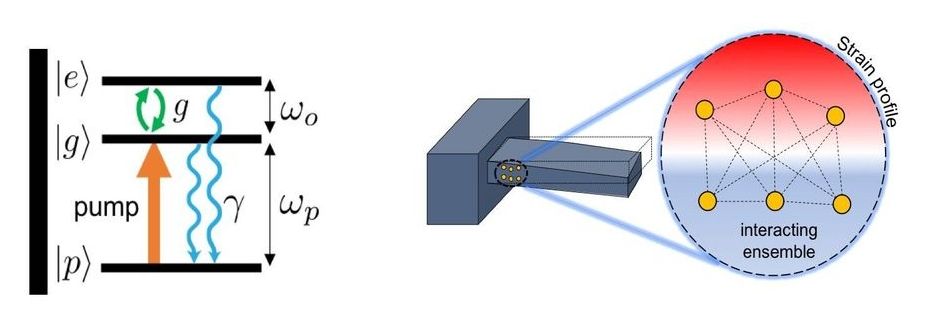
Center for Nanoscale Materials researchers present a quantum model for achieving ground-state cooling in low frequency mechanical resonators and show how cooperativity and entanglement are key factors to enhance the cooling figure of merit.
A resonator with near-zero thermal noise has better performance characteristics in nanoscale sensing, quantum memories, and quantum information processing applications. Passive cryogenic cooling techniques, such as dilution refrigerators, have successfully cooled high-frequency resonators but are not sufficient for lower frequency systems. The optomechanical effect has been applied successfully to cool low-frequency systems after an initial cooling stage. This method parametrically couples a mechanical resonator to a driven optical cavity, and, through careful tuning of the drive frequency, achieves the desired cooling effect. The optomechanical effect is expanded to an alternative approach for ground-state cooling based on embedded solid-state defects. Engineering the atom-resonator coupling parameters is proposed, using the strain profile of the mechanical resonator allowing cooling to proceed through the dark entangled states of the two-level system ensemble.
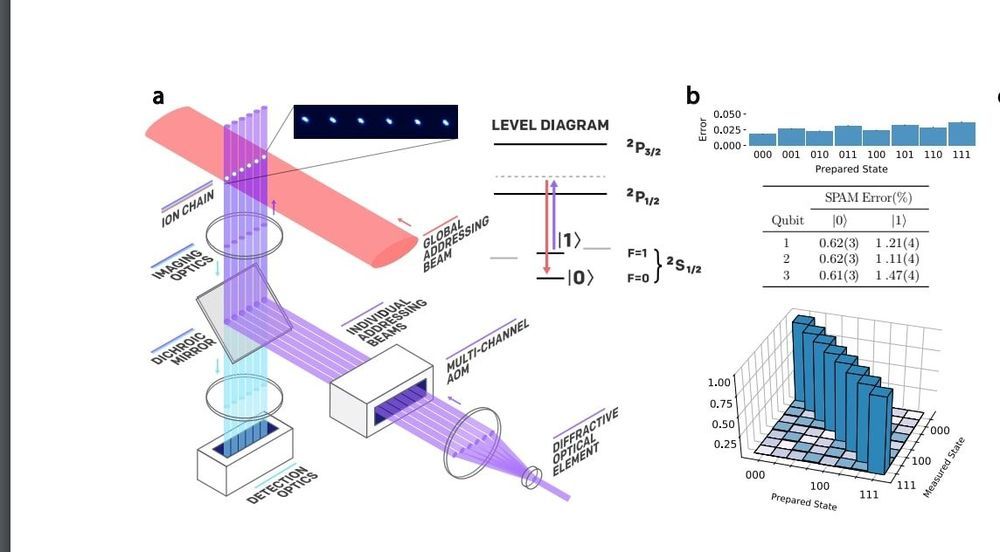
IonQ used its trapped-ion computer and a scalable co-design framework for solving chemistry problems. They applied it to compute the ground-state energy of the water molecule. The robust operation of the trapped ion quantum computer yields energy estimates with errors approaching the chemical accuracy, which is the target threshold necessary for predicting the rates of chemical reaction dynamics.
Quantum chemistry is a promising application where quantum computing might overcome the limitations of known classical algorithms, hampered by an exponential scaling of computational resource requirements. One of the most challenging tasks in quantum chemistry is to determine molecular energies to within chemical accuracy.
At the end of 2018, IonQ announced that they had loaded 79 operating qubits into their trapped ion system and had loaded 160 ions for storage in another test. This new research shows that they are making progress applying their system to useful quantum chemistry problems. They are leveraging the trapped-ions system longer stability to process many steps. The new optimization methods developed for this first major quantum chemistry problem can also be used to solve significant optimization and machine learning problems.